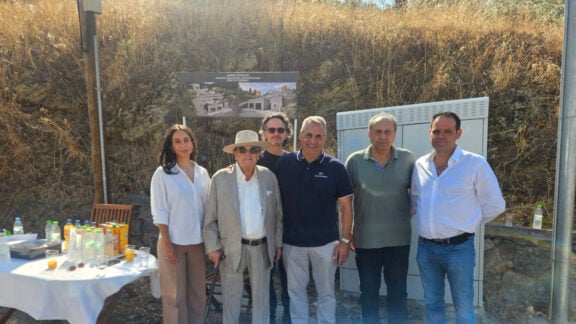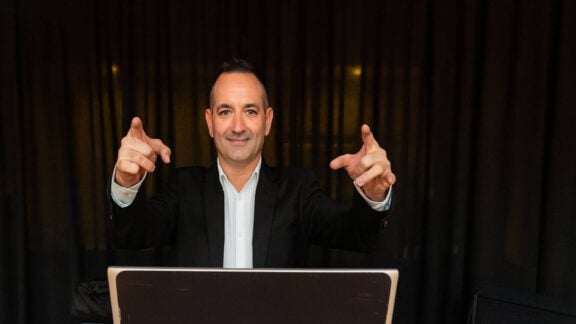Architect Paul Pholeros, widely recognised for his work in improving the health of Indigenous communities, died at the Royal Prince Alfred Hospital in Sydney on Monday after a short illness, leaving an inspiring legacy.
“In the politically- charged world of Indigenous affairs, Paul never stepped back from simply telling it straight.”
A co-founder of Healthabitat in 1985 – a not-for-profit that created a new model in Australia for Indigenous housing projects – Mr Pholeros worked alongside remote, urban and rural communities to improve amenities in more than 8,000 houses – and the health of more than 50,000 Indigenous Australians.
Pholeros founded Healthhabitat with Dr Paul Torzillo and anthropologist Stephan Rainow, and the organsiation has been awarded multiple honours over the past 30 years, including a UN World Habitat Award for its impacts on public health. Pholeros’ contribution was recognised in 2007 with an Order of Australia.
An adjunct professor of architecture at the University of Sydney, he once said growing up in a household with Greek-speaking grandparents gave him a different perspective that allowed him to be open to experiences with the Aboriginal people.
Cuts in federal funding to continue his award-winning projects nationally meant in recent years he and his colleagues focused on Aboriginal communities in NSW, while using their unique experience to help similar disadvantaged communities – from Nepal and Bangladesh to the Bronx in New York. Their mission remained constant: to improve the health of those who need it most, particularly children, by improving their living environment.
Speaking of his long-term friend Professor Torzillo said: “He was a truly humble, giant of a man in every sense of that phrase. He had a huge intellect, a great physical presence, an enormous capacity for work, and a lasting impact on everyone he met.
“His legacy is his influence on people working away doing genuinely ‘good work’, in equality, and the practice of social justice. The link between the living environment and health, the idea of ‘health hardware’, this is now firmly on the map.”
President of the Australian Institute of Architects Jon Clements said Pholeros had an “unwavering commitment to improving the lives of those living in disadvantaged communities around the world through his award-winning health and sanitation programs”.
“Anyone who had the opportunity to hear him speak about his work could not help but be moved, changed in some fundamental way.
“His exceptional work has made valuable impact in Indigenous and disadvantaged communities across Australia and around the world from Johannesburg to New York, and will leave an enduring legacy.”
Tributes also flowed from architectural peers. Adrian Welke of Troppo Architects in the Top End said: “In the politically-charged world of Indigenous affairs, Paul never stepped back from simply telling it straight. As the best architect should be, he was a champion for his client. He was our mentor, our guide, and always our friend, with a twinkle in his eye and a self-deprecating quip at the ready.
“It is impossible to imagine his lean and taught bower and studio high on Bilgola Plateau – the platform refuge shared with his partner Sandra – without his big presence. It was here, between months on the road, surrounded by bush and a big view, he would recharge, to continue his polite but unwavering 30-year battle against the antipathy and prejudice that precludes our first Australians in sharing our society’s riches of housing, health and education.
“The torch will be carried on, for he has taught us well – but how well and with what authority is the question, and, for all of us, our individual challenge.”
Pholeros is survived by his mother and wife Sandra Meihubers.







